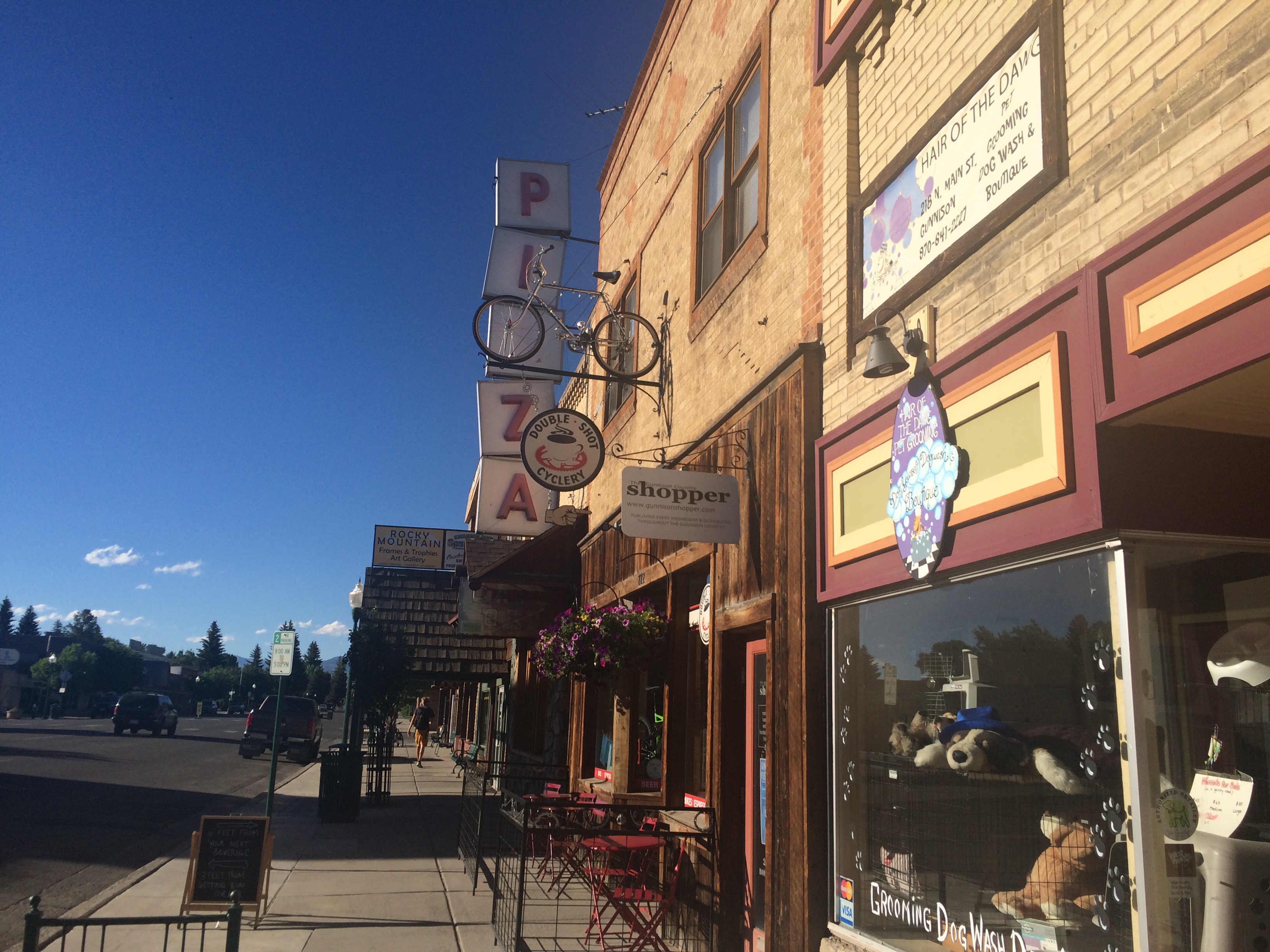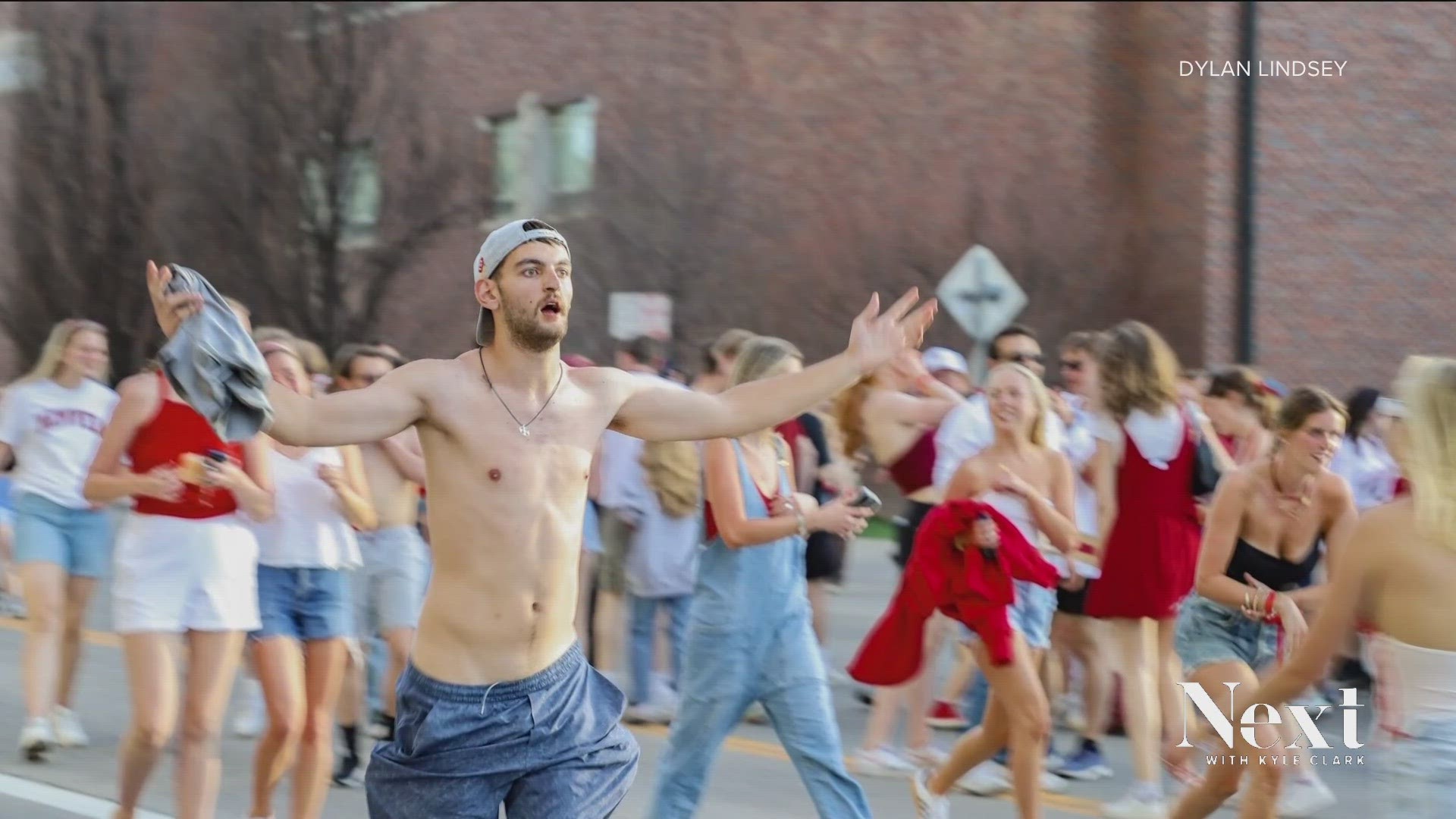Heading southwest along US-285 through Pike and San Isabel National Forests and along the scenic Highway 50, you'll soon find yourself in the mountain town of Gunnison.
With a median home price of $266,500, Gunnison has about 6,000 full-time residents and thousands more who come to visit in both the warm and cold months. It's also home to Western State Colorado University, a four-year liberal arts institution with more than 2,700 students.
During the summer, one of the town's biggest attractions is the Gunnison Whitewater Park, located about a mile from the city's downtown. The 0.5-mile stretch of water is mainly used by kayakers, but can be fun for tubing during July and August, too.
Gunnison also has numerous hikes and mountain biking trails nearby, in places like the Black Canyon of the Gunnison National Park.
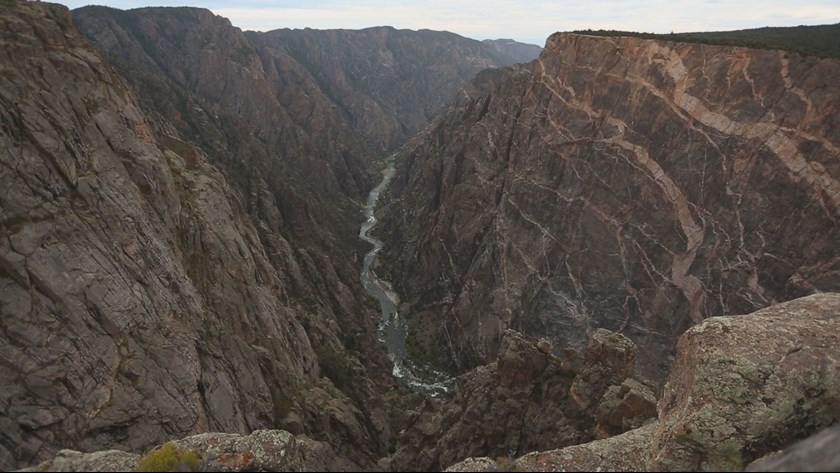
In winter months, visitors can take advantage of the Gunnison Nordic Center's miles of cross-country trails, plus ice skating, snowmobiling and other traditional winter activities. The town is also near both the Crested Butte and Monarch Mountain ski areas.
Gunnison also is a short drive to some of the state's best ghost towns. Ohio City, an 8.7-mile ride up County Road 76, has several preserved buildings (and a few remaining residents), and Pitkin, another six miles up the road from there, has many historic buildings (and also several remaining residents).
The history
One of the oldest towns along the western slope, Gunnison first became a permanent settlement between 1879 and 1881.
Before that, the area mostly saw fur trappers and mountain men as well as the area’s namesake: an early explorer named John. W. Gunnison.
In 1853, Captain Gunnison led an expedition to search for a route along the Kansas-Nebraska border for the Pacific railroad. His team ended up in the Grand River Valley, where the town of Gunnison is today, and explored a small amount of the Black Canyon. His account, which called it "the roughest, most hilly and most cut up" land he’d ever seen, was the first written description of the canyon.
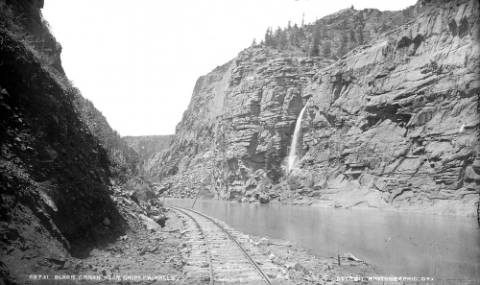
When mining took off in the area, tents, log cabins and rough buildings began popping up in the valley.
By 1880, there were enough people that it was time to start making it a more permanent settlement. Larger structures, including school houses, churches, banks, hotels and even a newspaper office were built.
The town of Gunnison was incorporated on February 28, 1880.

The initial growth would only last through the mining boom. By 1893, most of the building had stopped, but it would not be the end for the town.
Western State Colorado University
The first college to open on Colorado’s western slope, what is now Western State was established in 1901 as the Colorado State Normal School. It held its first classes in 1911.

It was initially a teacher’s college but expanded its focus in 1923 when it became Western State College. It was the state’s first college to teach a primarily liberal arts curriculum and has been known for both its teaching and liberal arts degrees ever since.
In August 2012, Western State added graduate programs and changed its name one more time to Western State Colorado University.

Today, the University enrolls about 2,700 students each year.
Black Canyon of the Gunnison
The least visited of Colorado’s four national parks, Black Canyon of the Gunnison is located about an hour outside of town.
The impressive canyon was formed as the Gunnison River carved its way through the rugged terrain in southwest Colorado over the past two million years.
The result is “Colorado’s own Grand Canyon,” featuring some of the steepest cliffs, most incredible spires, oldest rocks and most dramatic vistas in all of the United States.
The national park itself was established in 1999.
Hiking trails of all lengths and difficulties are available on both rims, or those looking for a challenge can scramble down steep routes into the inner canyon. There’s also a road that provides access to the Gunnison River at the bottom of the canyon where both trout fishing and camping are popular.
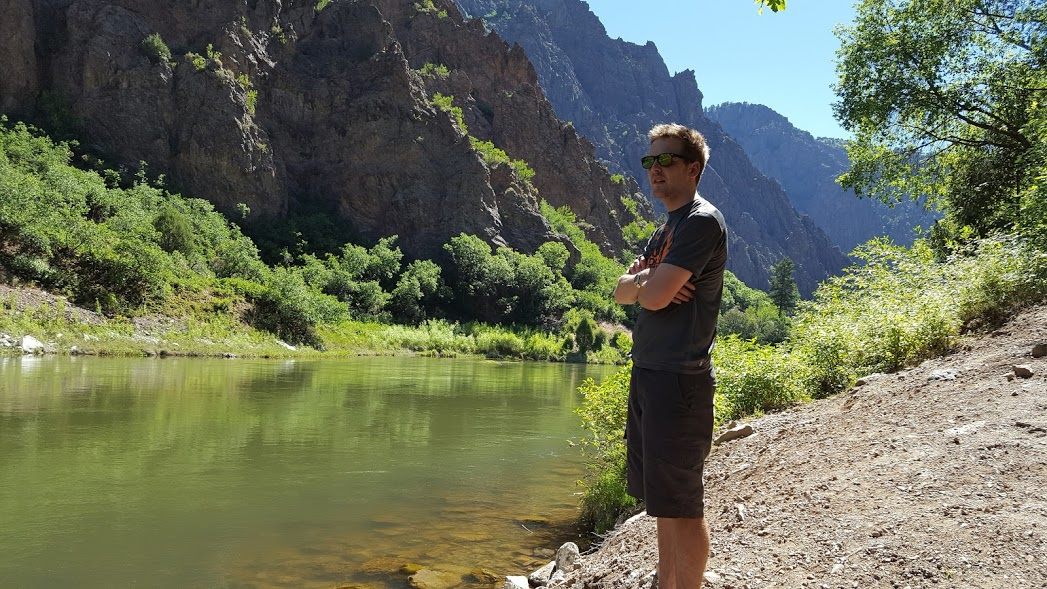
Visitors can also kayak, rock climb and take boat tours through the park.
Entry into the Black Canyon of the Gunnison National Park is $15 per vehicle.
Blue Mesa Reservoir
Just outside of Gunnison is another of the state’s premiere outdoor destinations.
Blue Mesa Reservoir is the state’s largest body of water, spanning 20 miles with 96 miles of shoreline.

While many different types of fishing are popular on the massive waterway, it is famous for its Kokanee. The freshwater lake salmon aren’t found in many other areas in the state and provide anglers a unique fishing experience.
Those who don’t have their own equipment or who are not as experienced can rent boats and fishing gear or can sign up for guided fishing trips.

While some do swim, water ski and jet ski to take advantage of the wide-open areas, a wet suit is recommended because the deep water is frigid all year.
The reservoir also has two marinas and a restaurant that overlooks the water.
A day in town
While the impressive sites outside of town are certainly worth visiting, Gunnison itself has much to offer.
Main Street, Gunnison's hub of shopping and dining, is still lined with many of the historic buildings from its days as a mining town, retaining its old-west character.

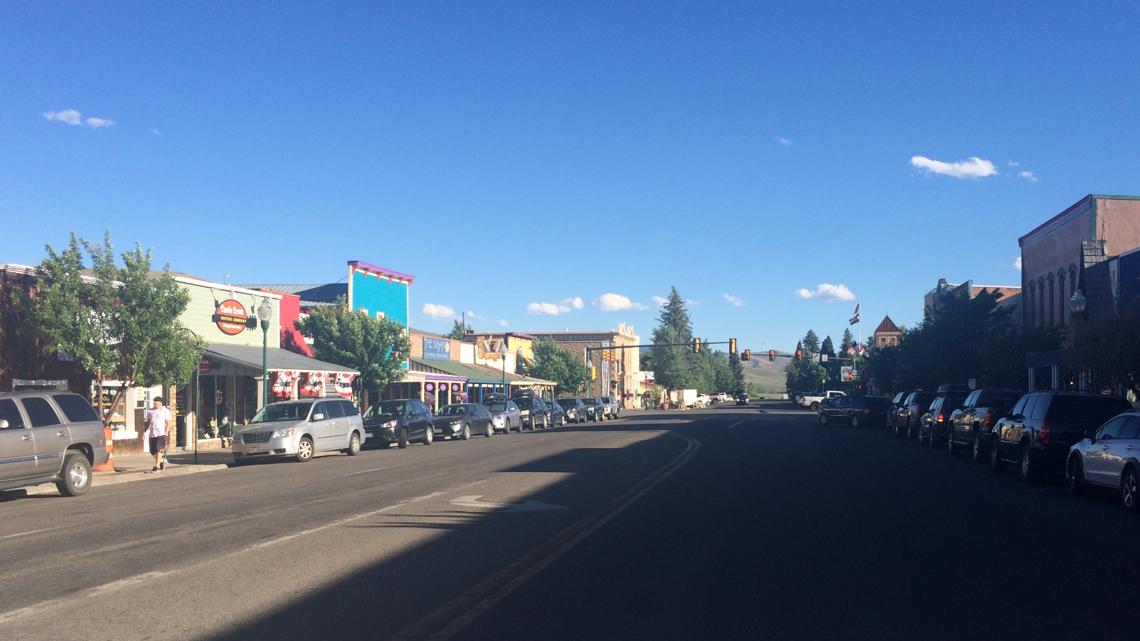
5 B's barbecue restaurant (303 E. Tomichi Ave.) is known for its tasty, home-style cooking, while Sherpa Café next door offers a wide selection of Indian dishes that aren't over-the-top spicy. Up the road a bit, Mario's Pizza & Pasta (213 W. Tomichi Ave.) has been serving up pizza, pasta and craft beer for many years. All three restaurants — like most places in town — get rave reviews for their welcoming staff.
Along Main Street, top-rated options include W Café (burgers and breakfast), Ol' Miner's Steakhouse and Gunnisack (Southwestern meals and sandwiches), among others.

If you're a craft beer lover, make your way to High Alpine Brewing Company, serving up a wide range of brews, like its Italian Mountain Basil Ale, Curecanti Chile Beer, Green Gate IPA and Sol's Espresso Stout.
There's plenty to enjoy in the way of shopping too, including several clothing boutiques and gift shops, as well as a store fully devoted to Christmas — Spin a Christmas Tale — and a pet store and guitar store.

